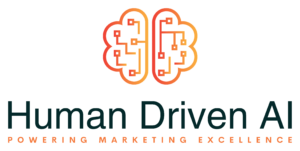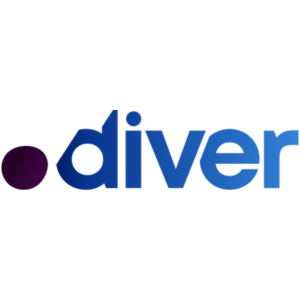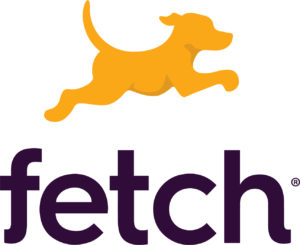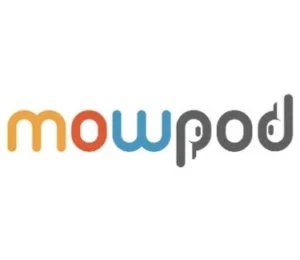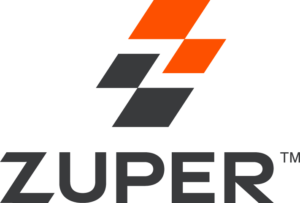CAC vs LTV: Real Retail eCommerce Analytics — Adam Sidney // Myles Apparel
Adam Sidney
Myles Apparel
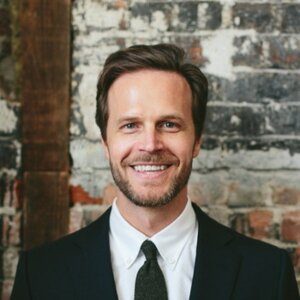
- Part 1Building a mission driven retail brand
- Part 2The product & marketing marriage for ecommerce — Adam Sidney // Myles Apparel
- Part 3Mastering and scaling eComm PPC growth channels — Adam Sidney // Myles Apparel
- Part 4 CAC vs LTV: Real Retail eCommerce Analytics — Adam Sidney // Myles Apparel
- Part 5Differentiation in the crowded ecommerce space — Adam Sidney // Myles Apparel
Show Notes
Quotes
-
“I had a lot of momentum behind me when I started as a CEO in 2018. Myles started doing performance marketing in 2017 and we had tail wins where all of the traffic was from free sources or referral.” - Adam“Some of our key KPIs are, ‘what is actually attributable by channel and by sort of performance overall in terms of the acquisition.” - Adam “We have a directly attributable customer acquisition cost, the CAC and then we have the blended CAC. The blended CAC is the most important one in understanding the components of what the paid and free channels are. It’s important in planning the future.” - Adam “Shopify has a lot of good analytical tools that are built-in. We also use Google Analytics and Facebook backend. We have to combine all that and every different media platform is going to skew towards their own positive performance.” - Adam“I think that the metrics stay mostly the same. One good thing about a clothing business and a brand getting older and becoming more established is that the more history you have, the better your decision-making ability.” - Adam“I think it gets better for you as a brand as you last longer. You have more consistent selling data. A lot of the basics and the logistics of running the business get easier if you can implement an ERP system and if you don’t do that on time, it becomes a huge problem.” -Adam“I think once we got into being a bigger size company and we had to fix things and implement analytics solutions, it became more complicated as the data got dirtier. We haven’t done things right so there was just a bigger mess to clean up.” - Adam“At Myles, we are a stage where it’s easier for me to get things right sooner so that we don’t have big messes to clean up later where it will have a material impact on the business.” -Adam“I think it makes a lot of sense that the more you’re able to operate the business, the more institutional knowledge you have and instinctual feel you get.” - Ben“There is a sweet spot where you are big enough to justify it but it is still kind of a bigexpense versus now you’re so big and to implement an ERP is sort of like a project.” - Adam “We are trying to play this game of being of what’s out there and being aware of what the right solutions are and when the right time hits, we’ll be able to implement it.” - Adam“I think some of these are just the basics of being smart about how you manage information and communication internally. It’s not so much about a technology solution. - Adam“At the end of the day what matters is whether the data is clean that you’re reporting out not necessarily the system that you’re using to get your conclusions.” - Ben
- Part 1Building a mission driven retail brand
- Part 2The product & marketing marriage for ecommerce — Adam Sidney // Myles Apparel
- Part 3Mastering and scaling eComm PPC growth channels — Adam Sidney // Myles Apparel
- Part 4 CAC vs LTV: Real Retail eCommerce Analytics — Adam Sidney // Myles Apparel
- Part 5Differentiation in the crowded ecommerce space — Adam Sidney // Myles Apparel
Up Next:
-
Part 1Building a mission driven retail brand
Each day this week we're going to publish an episode that tells the story of how the little brand that could, is telling the story to make men's life better while selling lots of activewear. Joining us is Adam Sidney, the CEO of Myles Apparel, which is an athletic brand with a passion for inspiring more active, stylish, and healthier lives for men. In part 1 of our conversation, we are going to discuss building a mission driven retail brand.
Play Podcast -
Part 2The product & marketing marriage for ecommerce — Adam Sidney // Myles Apparel
Each day this week we're going to publish an episode that tells the story of how the little brand that could, is telling the story to make men's life better while selling lots of activewear. Joining us is Adam Sidney, the CEO of Myles Apparel, which is an athletic brand with a passion for inspiring more active, stylish, and healthier lives for men. In part 2 of our conversation, we are going to discuss the product and marketing marriage for eCommerce.
Play Podcast -
Part 3Mastering and scaling eComm PPC growth channels — Adam Sidney // Myles Apparel
Each day this week we're going to publish an episode that tells the story of how the little brand that could, is telling the story to make men's life better while selling lots of activewear. Joining us is Adam Sidney, the CEO of Myles Apparel, which is an athletic brand with a passion for inspiring more active, stylish, and healthier lives for men. In part 3 of our conversation, we are going to discuss mastering and scaling eCommerce PPC growth channels.
Play Podcast -
Part 4CAC vs LTV: Real Retail eCommerce Analytics — Adam Sidney // Myles Apparel
Each day this week we're going to publish an episode that tells the story of how the little brand that could, is telling the story to make men's life better while selling lots of activewear. Joining us is Adam Sidney, the CEO of Myles Apparel, which is an athletic brand with a passion for inspiring more active, stylish, and healthier lives for men. In part 4 of our conversation, we are going to discuss real retail eCommerce analytics.
-
Part 5Differentiation in the crowded ecommerce space — Adam Sidney // Myles Apparel
Each day this week we're going to publish an episode that tells the story of how the little brand that could, is telling the story to make men's life better while selling lots of activewear. Joining us is Adam Sidney, the CEO of Myles Apparel, which is an athletic brand with a passion for inspiring more active, stylish, and healthier lives for men. In part 5 of our conversation, we are going to discuss differentiating in a crowded e-commerce space.
Play Podcast




